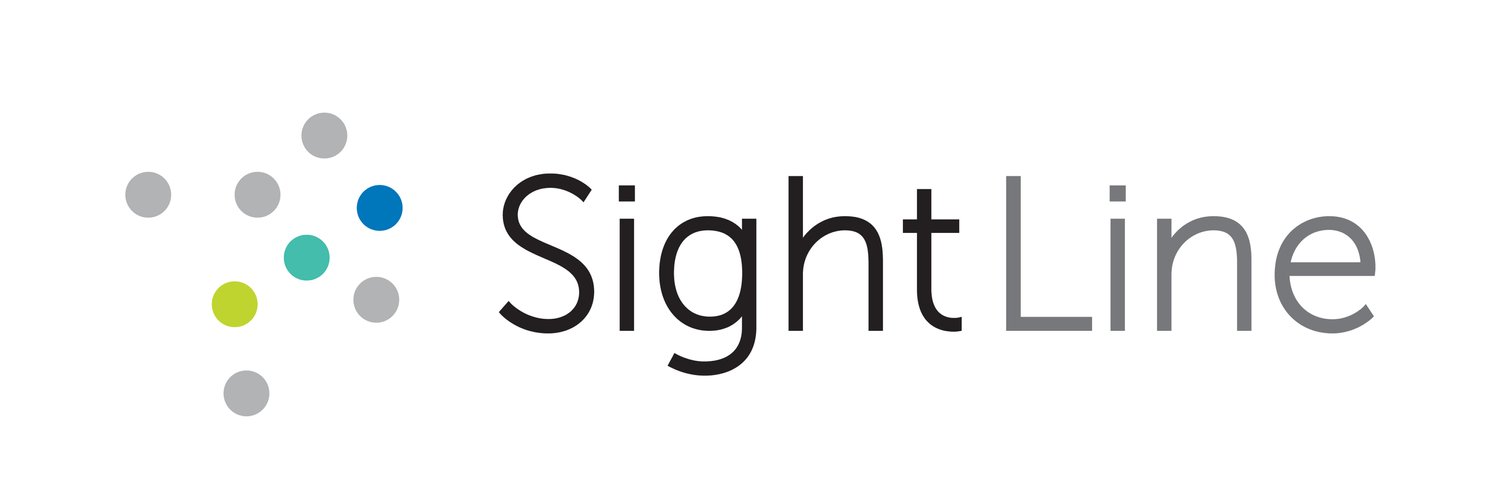Targeting Supplemental Aid During the Spring to Boost Fall Enrollment
As the VP of Enrollment or Director of Financial Aid, you may gain a better idea of the size and caliber of your incoming student class as the enrollment season progresses. At this time of year (spring through early summer) you may feel pretty confident about application progress and the number of deposits your institution is receiving, but there is always room to improve. On the other hand, your institution may be tracking a little behind expectations. But it is not too late to make some targeted adjustments to get back on track or even exceed enrollment goals.
The majority of institutions that SightLine works with have additional funds available for supplemental aid. This could be based on donations or even creating a new discount-based award. This supplemental aid is a great tool to leverage during the spring and summer months when additional touch points with students may make a big difference in their enrollment decisions. Sometimes even just an additional $1,000 scholarship can go a long way if it is targeted towards the correct students.
How We Do It
In the past year, we have helped small and medium-sized universities develop new supplemental scholarship programs. The student eligibility criteria is created based on the individual university application and enrollment data. We identify segments of students that are likely to succeed at that particular university, who are also on the edge of enrolling. These would be the ‘convertible’ students, who would also fit in well with university programs and culture.
Example Scholarship for an Underserved Population
New scholarship criteria may be based on geographic targeting, student caliber, socioeconomics, or financial need. Targeted supplemental aid can also be used to help the university support underrepresented or underserved populations. For example, one university realized that many rural students are applying to their institution. If these students don’t qualify for federal need-based financial aid, but still have relatively low expected family contributions, they have traditionally been less likely to enroll or be retained. This is despite the fact that it is a rural university and is quite a good fit for students coming from low population density areas.
By implementing a new supplemental scholarship program, we expect this university to increase enrollment by 8.4% over the next year while still increasing their net tuition revenue significantly.
SightLine’s Recommendations for Supplemental Scholarships
Start small, it isn’t necessary to overhaul your entire scholarship award strategy but making small adjustments to the correct students can yield big returns.
The institution can make these supplementary award offers before receiving FAFSA forms.
By showing interest in enrolling a student before they have completed the application or FAFSA process, you are encouraging them to continue the process.
Supplementary aid can be awarded at almost any time during the enrollment process, making it more flexible than other types of institutional aid.
Check with academic departments about available scholarships. Many departments have discretionary funds from the university, alumni donations, or foundations. If the funds are already available, the academic department may simply need guidance on how to best target those scholarships to grow and support their program.
Targeted supplemental financial aid awards have become a hot topic here at SightLine and with our clients. We would be happy to discuss options and even help implement a solution at your institution to meet enrollment goals for Fall 2020! If you would like more information, contact us here.
